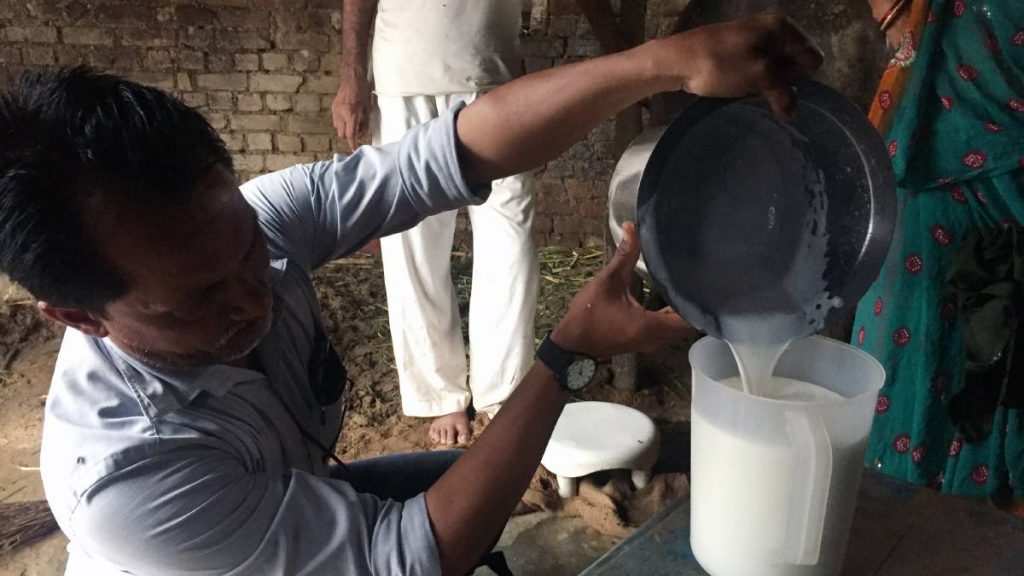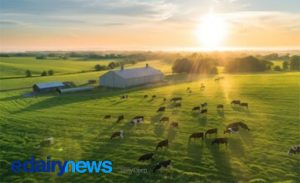With more than 1.3 billion people in India, the country’s milk producers are focused on maintaining supply, but the predominance of small dairy operations makes it a challenge but breeding for higher milk production could be the answer.
Genomic selection co-developer Professor Ben Hayes said India has an advanced artificial insemination system in its dairy industry, with companies working to provide farmers with straws of semen.
“Every day hundreds of motorcycles with liquid nitrogen containers go out to the villages to inseminate their cows,” he said.
“The trick is identify the best bulls, and to use them for breeding the herds of the future.”
Professor Hayes said India relied on cow and buffalo milk as an important source of nutrients but demand far outstrips supply.
“Most of Indian’s milk is produced by small holder farmers with as few as two animals,” he said.
“Their income from milk is often the difference between ‘getting by’ and poverty.
“Supply needs to increase by 30 to 40 per cent over the next 20 years or so.”
Past breeding efforts in India have seen milk production rates stall at about four to five litres per animal per day.
Professor Hayes was approached by the Bill and Melinda Gates Foundation to revisit the stalled genetic gain, as part of their broader aim to help Indian farmers boost production.
“With this project we are aiming to double milk production to about 10 litres a day and achieve it with a modest increase in feed,” Professor Hayes said.
The project is being undertaken in collaboration with Indian smallholder farmers who are already logging the milk production rates in order to generate data vital to Professor Hayes’s computing algorithms.
Also taking part are two Indian organisations that are essential to the development of an integrated milk supply chain that seeks to pull smallholder farmers out of poverty- the BAIF Development Research Foundation and the Amul cooperative, founded to stop the exploitation of milk producers by middlemen.
Professor Hayes said lessons learnt from the work in India could potentially be put to use in Australia’s beef industry through the Northern Genomics Project.
“They’ve got the multiple breeds problem… they’ve got lots of indigenous breeds in India as well as imported breeds,” he said.
“It’s technically a very similar situation.”
The project is also recording fertility traits associated with the genotyped cows and buffalos to ensure, in pushing more energy into milk production, the breeding program doesn’t accidentally reduce fertility.
“From experience we know that if you select really hard for gains in milk production, fertility will decline,” Professor Hayes said.
“We are not going to make that mistake with the Indian cattle, so we are selecting for both milk production and fertility at the same time.”

















